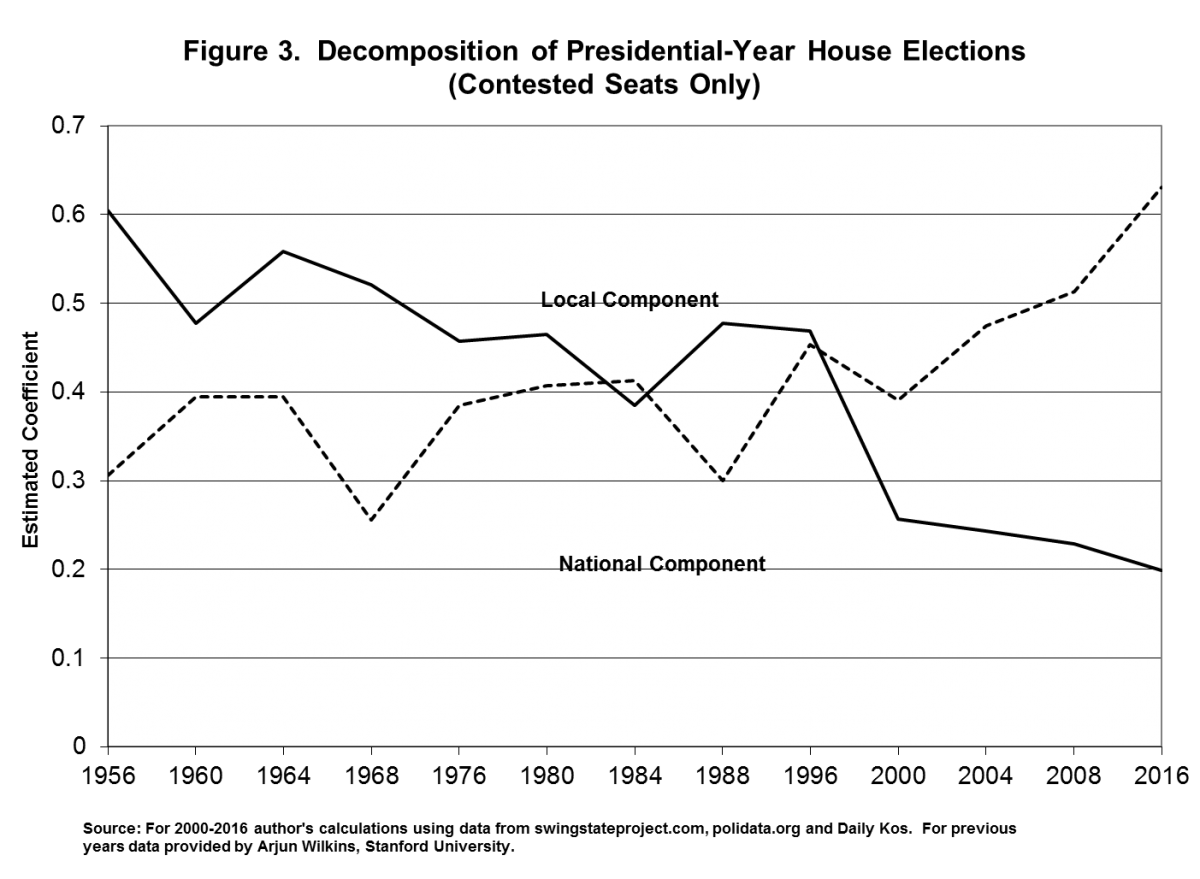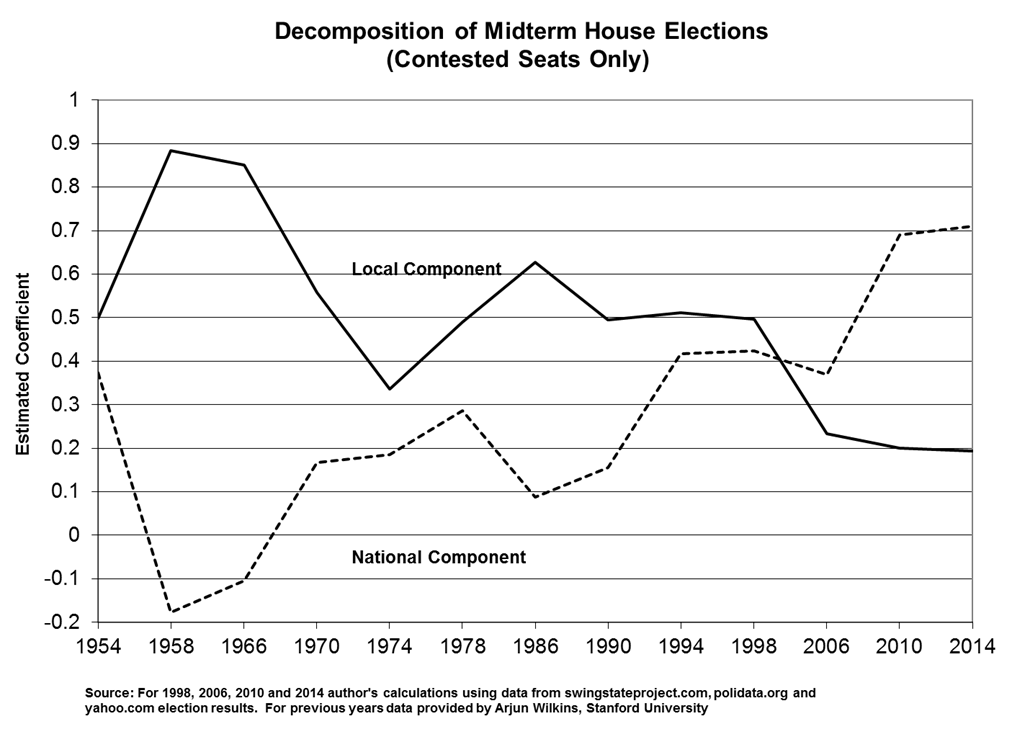By now, most of you have heard that Great Britain, France and U.S military forces combined to strike three Syrian chemical weapons facilities earlier this morning (about 4 a.m. Syrian time). The strikes were in response to the reported use of chemical weapons, most likely chlorine gas and the sarin nerve agent, by the Assad regime against its own citizens in rebel-held areas. According to the just-concluded joint State Department and Pentagon press briefing, coalition forces, including surface ships, submarines and aircraft, launched a total of 105 weapon strikes, largely destroying the targets. At this point it is unclear how many, if any, casualties (military or civilian) the strikes inflicted. Pentagon officials say that prior to the attacks, “deconfliction” channels were used to warn Syria’s ally Russia that the strikes were imminent, although no specific logistical details regarding the timing or the nature of the attacks were conveyed. Syrian air defenses were deployed but – again, according to Pentagon briefing – the Syrian efforts were ineffective, with some (most?) of their anti-missile launches coming after the targets had been hit. To this point, there has been no sign of Russian involvement in the Syrian response.
The decision by President Trump to launch the retaliatory strikes immediately raises two important questions. First, under what authority did he order the strikes? Second, what was their objective, and was it accomplished? In what can be considered either a blatant “eff-you” to his critics (and to the gods), or a demonstration of historical ignorance, Trump issued the following tweet this morning:
“Donald J. TrumpVerified account @realDonaldTrump 2h2 hours ago
A perfectly executed strike last night. Thank you to France and the United Kingdom for their wisdom and the power of their fine Military. Could not have had a better result. Mission Accomplished!”
For most of us, of course, the “Mission Accomplished” tagline immediately invokes memories of the banner placed by sailors in May, 2003, on the U.S.S. Abraham Lincoln. That banner served as the backdrop to President Bush’s announcement from the ship’s deck that we had reached the end of “major combat operations” in Iraq. As we now know, within a couple of years a full-scale insurgency broke out in Iraq which led to the U.S. recommitting military forces. The “Mission Accomplished” banner became a symbol of a military intervention gone wrong.
While social media had a field day with Trump’s brazen proclamation, it is worth considering what mission he believes the strikes accomplished. In the days before the Assad regime (allegedly) gassed its own people, Trump had publicly voiced his desire to get U.S. military forces out of Syria – echoing promises he had made (to generally favorable audience responses) during the 2015-16 presidential campaign. The primary reason for military intervention in the region, he argued, was to defeat ISIS and that goal was, essentially, achieved. However, although the talking heads on cable and social media made much of the seeming inconsistency between Trump’s professed desire to leave Syria and the subsequent air strikes, the reality is that a suspected chemical attack took place between those two events. It’s worth recalling that Trump’s predecessor Barack Obama, in a 2013 press conference, stated, “We have been very clear to the Assad regime, but also to other players on the ground, that a red line for us is we start seeing a whole bunch of chemical weapons moving around or being utilized. That would change my calculus. That would change my equation.” To be sure, a full read of Obama’s remarks suggests the “red line” might have referred to evidence that the Assad regime had lost control over its chemical weapons, instead of marking their use as unacceptable. Ultimately, when Assad did use chemical weapons, Obama argued that the U.S. should take military action, but he also chose to let Congress decide whether to authorize a military response – a choice undoubtedly made with the realization that Congress was unlikely to agree on how to act. That type of lawyerly reasoning did not endear Obama to everyone, but it did effectively preclude a potential debate over the extent of his war-making powers.
No matter how one interprets Obama’s words, it is apparent that for Trump, Syria’s use of chemical weapons constitutes crossing his own red line, as he made clear a year ago in ordering a limited missile strike against a Syrian airfield used by Assad to launch a previous chemical strike. In this way Trump has decided to push the expanse of presidential power, whereas Obama held back. So what did Trump hope to accomplish with these latest strikes? The joint State-Pentagon briefing this morning was instructive. Both State Department Assistant Secretary for Public Affairs Dana White and the Joint Chiefs Director Kenneth McKenzie made clear in response to persistent questioning that the goal was to deter further use of chemical weapons by the Syrian government. They consistently refused to engage in any discussion about the impact of the strikes on the Syrian civil war.
Did Trump accomplish this mission? Will the strikes deter Assad from further use of chemical weapons? The answer to that question will go a long way to determining how one should respond to the second issue I raised above: does Trump have the authority to launch these strikes on his own? In the aftermath of the latest strikes, as they did after the previous strikes, journalists and pundits have been eagerly parsing the relevant statutes and constitutional provisions to explain why Trump does, or does not, have this authority. The reality, however, as the late, great presidential scholar Richard Neustadt reminded us in his classic study of the Presidency: “The probabilities of [presidential] power do not derive from a literary theory of the Constitution.” What Neustadt meant is that a close textual reading of the Constitution, and related statute cannot – by itself – determine the answer to this question, because these texts only provide formal vantage points from which the relevant actors – in this case, the President, Congress, and the Courts, will do battle. The relevant documents do not, by themselves, determine the victor. In this regard, Neustadt was a Hamiltonian; he believed the Constitution, and the nation, was best served by a president who constantly sought to expand the boundaries of his formal powers until he bumped up against determined opposition. As Neustadt put it, “The more determinedly a President seeks power, the more he will be likely to bring vigor to his clerkship. As he does so he contributes to the energy of government.”
To be sure, the Framers of the Constitution could not have anticipated the demands placed on our political institutions by modern warfare. But the Trump administration’s evoking of its Article II “executive power” to protect national interests as a justification for the missile strikes is a reminder that the Constitution has proved to be a remarkably adaptable document. Presidents are constantly pushing its boundaries, trying to expand their implied powers, until someone – Congress? the Courts? – pushes back. Some see this as a weakness, and would prefer more clearly stated restrictions on a president’s war-making powers. However, as we can see with the limited impact of the War Powers Resolution, which has never been effectively evoked, beyond compliance with its reporting requirements, it is difficult to legislate limits to presidential power in this area. In Madison’s words, “parchment barriers” (Federalist 48) haven’t proved to be a very useful limit on presidential war making. (If press reports are accurate, Trump complied with the reporting requirements of the War Powers Resolution, at least in principle, by informing congressional leaders, of his intentions to launch military strikes.)
So what has worked? Politics. History suggests that limits on presidents’ capacity to engage in military action are a function of how well Congress is able to push back against presidential war making, and whether the public, broadly speaking, sides with the legislative body. And, for better or for worse, that calculus will depend in part on assessments regarding whether the missile strikes were justified, and whether they achieved their goal. In this regard, Vermont’s Democratic congressional contingent condemned Assad’s use of chemical weapons, but also questioned Trump’s authority to launch air strikes, while not fully repudiating the strikes themselves. This is the type of careful political calculus that the nation’s lawmakers must make in the next hours and days. Their collective decision, in turn, will provide cues to how the public ultimately responds to Trump’s actions. But the public’s response will also be conditioned in part by what impact the strikes have on Assad’s use of chemical weapons, as reported by the media.
Trump has acted, citing his Article II “executive power” to protect the national interest. Undoubtedly, some will claim that this is an unprecedented, and thus unconstitutional, increase in the president’s war-making capacity based on an expansive and unjustified reading of Article II. Others will argue it is entirely consistent with Hamilton’s conception of an “energetic” president leading the War against Terror, based on prerogative powers implied by Article II. Who is right? It is important to realize that there is no “correct” answer to this as determined by a careful reading of relevant statutes. Instead, the Framers expected these questions to be resolved through the political process. Historically, presidents have often sought to expand their prerogative powers to protect the nation, as implied by Article II. Congress has not always agreed with these efforts, although they have frequently been content to let presidents assert their expanded power, and have waited to see how that power is used, and whether the outcome it is ratified by the public. As Neustadt put it,”The need of others for a President’s initiatives creates dependence on him. Their dependence becomes his advantage. Yet he can only capture the advantage as he meets the need.”
Has Trump effectively met that need? Has he used his pursuit of power in a way that energizes the government for the greater good? Let the debate begin!



